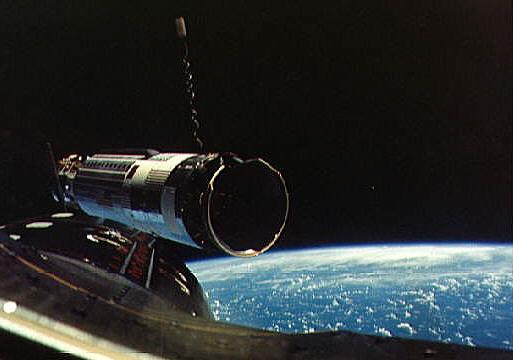
It only lasted a few months, going silent on July 10, 1963, but it returned a wealth of information on the least dense regions of our atmosphere.Įvery good story deserves a sequel. Three years ago, NASA sent up its first high orbit atmospheric satellite, Explorer 17. You can be sure you’ll read about them here! Then there will be several more missions in the series. Surveyor will continue broadcasting photos for at least the next 11 days, up through the lunar night. The selenologists (lunar counterpart to Earth-based geologists) have plenty of information to play with. Nevertheless, we have our first hundred pictures, temperature data, seismological data, and radar reflectivity data of the lunar surface. Not a huge one, mind you Surveyor, like the latter Rangers, serves primarily as a handmaiden to the Apollo project. If a probe can safely land, then a piloted Lunar Excursion Module can, too.įinally, Surveyor 1 marks a triumph for lunar science. The landing spot, inside the dry Ocean of Storms, is in a zone that an Apollo mission will be sent to. Moreover, it didn’t sink into a quicksand of lunar dust, as had been previously feared. Reaching the lunar surface at just twelve feet per second, the three legged Surveyor with crushable aluminum honeycomb feet endured no undue strain. This soft-lander mission was really a dress rehearsal for a manned spacecraft, and what a beautiful rehearsal. It’s been bandied about that this flight shaves a year off the schedule. Surveyor’s success also marks a big leap forward for the Project Apollo. By comparison, Surveyor masses more than twice as much as the Ranger crash-lander probes, launched with the less powerful Atlas-Agena. This dramatically increases the mass of the probes that can be sent to the Moon or to other planets. Now that the Centaur second stage is operational, it can be used on top of many different first stages - from Titan to Saturn. There is no more efficient combination in existence, and the development of a system that could successfully utilize the pair has been tough. The Atlas-Centaur is the most advanced booster currently in existence, the first to utilize pure hydrogen for fuel and liquid oxygen for the oxidizer. Firstly, it’s a success for the rocket that carried it. The success of Surveyor marks several major achievements. Shortly thereafter, America got its first pictures from the surface of the Moon.

Surveyor made a flawless touchdown almost exactly two days later, at 11:17 PM on June 1. Nevertheless, just before midnight, the spacecraft made a 20.75 second mid-course burn, reducing its landing margin of error from 250 miles to just 10. 757 seconds later, right on the button, Surveyor departed from its Centaur stage on an almost perfect path toward the Moon. On May 30, 7:40 AM Pacific, Atlas-Centaur #8 lifted off from Cape Canaveral less than a second after its scheduled launch time. Less than a month after the Russians managed their first soft-landing (with Luna 10, after several failed efforts), NASA’s Surveyor 1 did it in just one try. Nina Armagno, commander of the Air Force’s 45th Space Wing, said in a statement.America may be second in the Moon race, but we sure aren’t far behind the Soviets. “This is a classic combination of a highly successful launch past morphing into an equally promising future,” Brig. The assessment was prepared for the Federal Aviation Administration, which oversees commercial space launches and landings in the United States, Terms of the agreement were not disclosed. REUTERS/Scott AudetteĪ draft environmental assessment showed that SpaceX, as the California company is known, plans to build a primary concrete square landing pad measuring 200 by 200 foot (61 by 61 meters) and four round pads measuring 150 feet in diameter at Cape Canaveral Air Force Station’s Launch Complex 13, which was used for 51 Atlas and Agena rockets between 19. The unmanned Falcon 9 rocket launched by SpaceX carrying NOAA's Deep Space Climate Observatory Satellite sits on launch complex 40 after a scrubbed launch attempt at the Cape Canaveral Air Force Station in Cape Canaveral, Florida February 8, 2015.


 0 kommentar(er)
0 kommentar(er)
